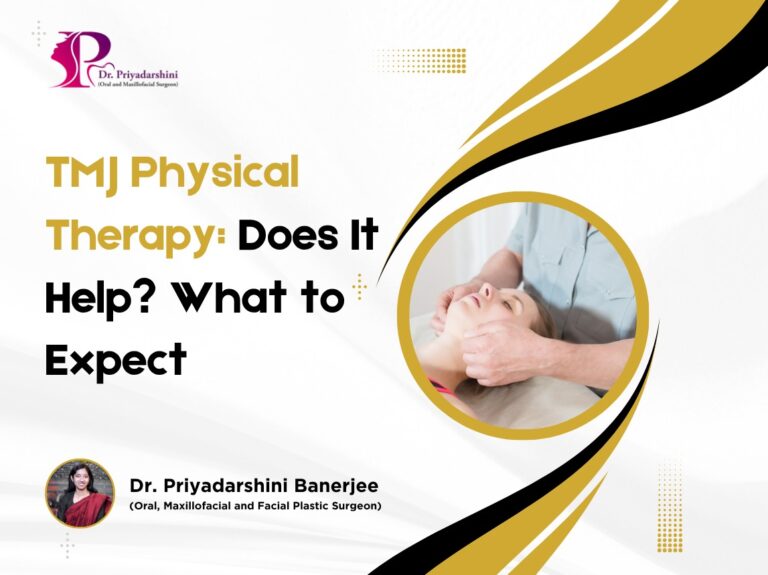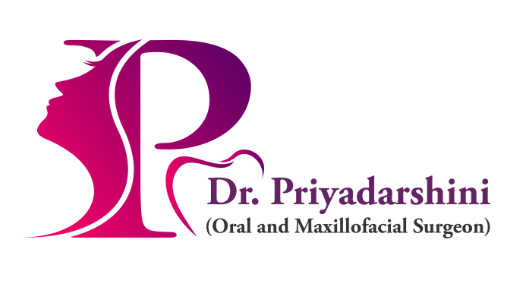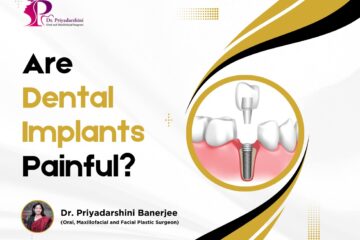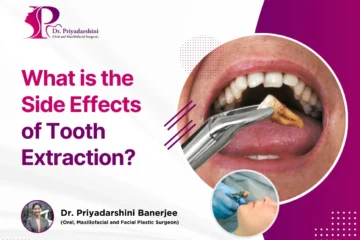Living with temporomandibular joint (TMJ) disorder can be frustrating. From jaw pain and clicking sounds to headaches and facial tension, TMJ symptoms can disrupt your daily routine and quality of life. One of the most frequently recommended non-invasive treatments is physical therapy. But does it really help? And what should you expect from it?

In this blog, we’ll explore everything you need to know about TMJ physical therapy—how it works, its benefits, what the sessions involve, and tips to maximize your recovery.
What is TMJ Disorder?
TMJ disorder affects the temporomandibular joint—the hinge that connects your jawbone to your skull. This joint is responsible for speaking, chewing, and facial expressions. When it doesn’t function properly, you may experience:
- Jaw pain or tenderness
- Clicking or popping noises
- Limited jaw movement
- Headaches and neck pain
- Difficulty chewing or biting
The causes range from stress-related clenching and grinding to arthritis, injury, or poor posture. Regardless of the cause, conservative treatments like physical therapy are often the first line of intervention.
How Physical Therapy Helps TMJ Disorder
Physical therapy focuses on restoring function, reducing pain, and improving jaw movement. Here’s how it helps:
1. Pain Reduction
Specific techniques such as soft tissue massage, trigger point release, and ultrasound therapy help reduce inflammation and muscular pain around the jaw.
2. Muscle Relaxation and Stretching
Stretching exercises help relax tight jaw muscles and reduce pressure on the TMJ. Therapists may also guide you through posture correction to alleviate unnecessary tension.
3. Improved Mobility
Many TMJ patients experience jaw stiffness or locking. Physical therapists work on improving range of motion, helping you regain smooth, pain-free jaw movements.
4. Jaw Alignment and Stability
Exercises that target the facial, neck, and shoulder muscles enhance stability and alignment, reducing stress on the joint.
What to Expect During TMJ Physical Therapy
If you’re considering physical therapy for TMJ, here’s what a typical treatment plan looks like:
1. Initial Evaluation
Your first session involves a thorough evaluation of:
- Jaw movement and pain level
- Muscle tenderness
- Posture and alignment
- Lifestyle and habits (e.g., grinding, clenching)
The therapist may also collaborate with your dentist or oral surgeon for a comprehensive treatment approach.
2. Treatment Modalities
Depending on your specific condition, your therapist may use:
- Manual Therapy: Gentle manipulation to improve jaw movement and reduce muscle tension.
- Myofascial Release: Targets connective tissues to relieve tightness.
- Postural Training: Neck and shoulder posture correction to ease jaw pressure.
- Ultrasound Therapy: Non-invasive deep heat therapy to reduce muscle spasms.
- Therapeutic Exercises: Controlled exercises to improve strength and mobility.
3. Home Exercises
You’ll likely be given at-home exercises to maintain progress between sessions. These might include:
- Jaw stretches
- Controlled mouth-opening routines
- Neck stretches
- Relaxation techniques for stress management
Consistency is key to seeing results.
Duration and Results
Most patients start noticing improvements within 2–6 weeks of regular physical therapy. The duration depends on:
- Severity of symptoms
- Underlying causes
- Consistency in home exercises
- Lifestyle modifications
Combining therapy with other treatments like a night guard or stress management can accelerate recovery.
Who Should Consider TMJ Physical Therapy?
You should consider physical therapy if:
- You have ongoing jaw pain or tightness
- You experience clicking or locking
- You’ve been diagnosed with TMJ disorder by a dentist or physician
- You want to avoid surgery and try conservative management first
Tips for Success
- Be consistent with therapy appointments
- Practice exercises daily
- Avoid chewing gum or hard foods
- Maintain good posture
- Manage stress through relaxation techniques or yoga
Final Thoughts
TMJ disorder can affect more than just your jaw—it can influence your mood, eating habits, and overall comfort. Physical therapy offers a safe, drug-free way to relieve symptoms and restore function.
At Dr. Priyadarshini Banerjee’s clinic, we advocate for holistic, patient-centered care. Physical therapy, when done under expert guidance, can be a game-changer in managing TMJ disorders.
If you’re struggling with jaw pain or suspect TMJ dysfunction, reach out to our team for a personalized consultation.



